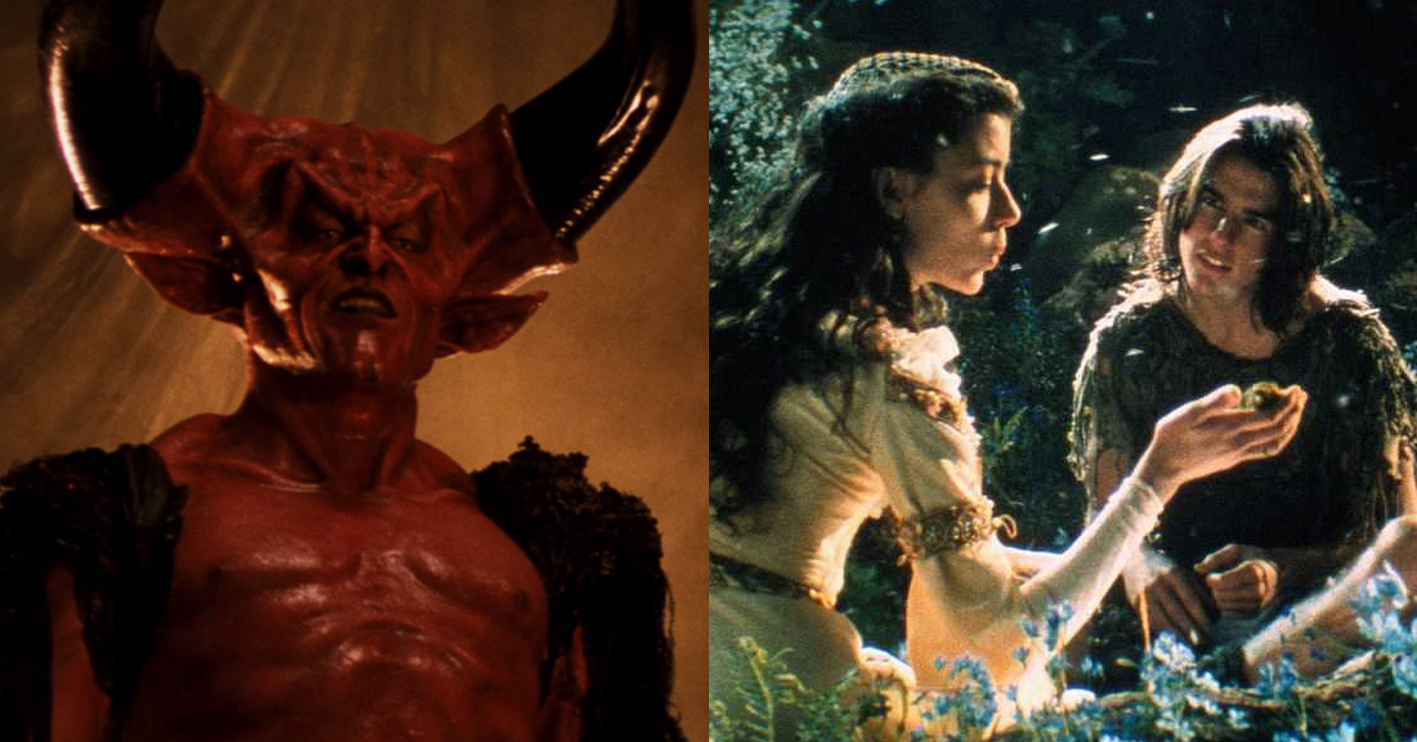After breaking through with science fiction classics Alien and Blade Runner, director Ridley Scott decided to try his hand at an old-fashioned fairytale with 1985’s Legend. Casting young unknowns Tom Cruise and Mia Sara as the romantic hero and heroine, and Tim Curry as the monstrous Lord of Darkness, the dark fantasy was not a hit on release, but has since attracted a large cult following. Here are some facts about Legend you might not have known.
20. Ridley Scott made the film after his Dune adaptation fell through
Ridley Scott moved into fairy tale territory with Legend after making two science fiction films back-to-back in Alien and Blade Runner. However, at one point Scott was poised to make it an SF hat trick, as in the early 80s he was hired by producer Dino De Laurentiis to call the shots on the long-in-development adaptation of Frank Herbert’s best-selling novel Dune.
Despite having the financial backing and a “f***ing good” script, Scott wound up dropping out of Dune when De Laurentiis insisted they shoot in Mexico. Scott says, “with the greatest respect to Mexico City, in those days [it was] pretty pongy. I didn’t love it… I said, ‘Nah, Dino, I don’t want to make this a hardship.’ And so I actually backed out and instead moved on to Legend”. David Lynch took Scott’s place, and Dune was released in 1984; it was recently remade by Denis Villeneuve.
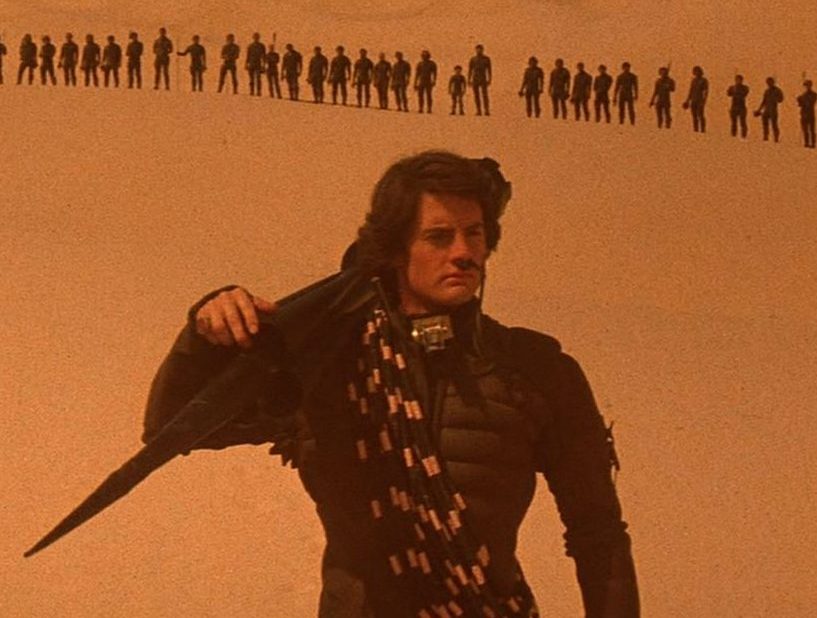
19. Almost every cast member had to spend over three hours in makeup every day
Tom Cruise, Mia Sara and Nell actress Tina Martin were probably the luckiest actors on the set of Legend, in that they were the only ones allowed to appear on camera without extensive prosthetic makeup. Otherwise, pretty much every other performer in the film had to undergo a lengthy makeup application for every day they were on set, some of them for longer than others.
Esteemed makeup artist Rob Bottin (whose credits include The Thing and RoboCop) was hired to oversee Legend’s many fantastical creations, including numerous goblins, dwarves and fairies. For most of the actors, this involved the application of between eight and 12 individual prosthetic pieces, with three make-up artists at a time working on each actor, for an average of three and a half hours each day.
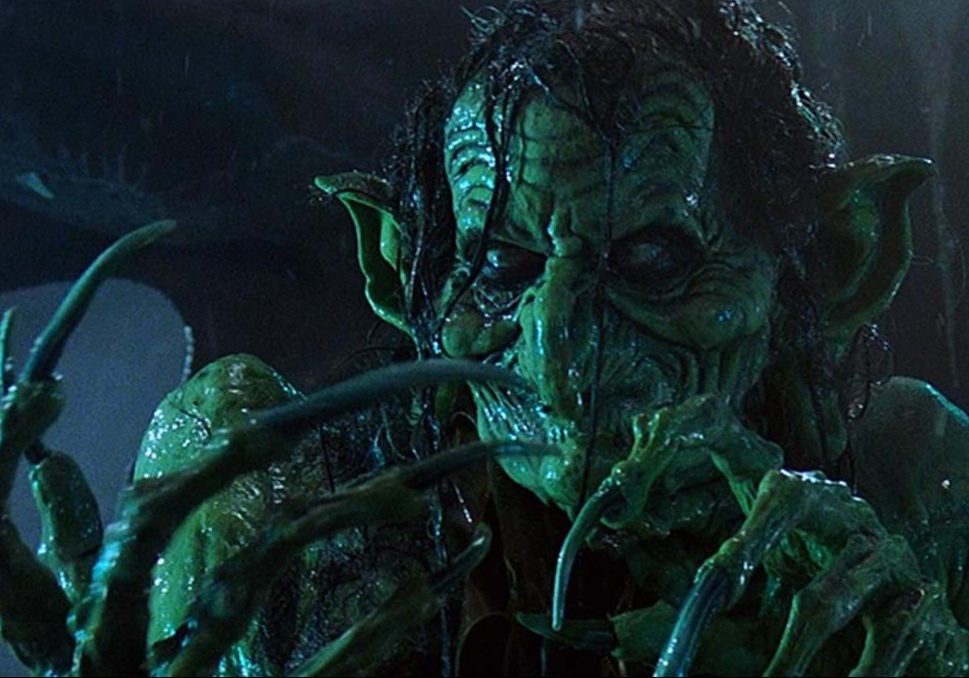
18. Tim Curry once tore his skin off getting out of his prosthetic make-up
As lengthy as some of the Legend make-up jobs may have been, none were as intense as that which Tim Curry had to endure to portray the devilish Lord of Darkness. This iconic creature design took five hours to apply to the actor and almost as long to take off afterwards – and as might be expected, it was often very uncomfortable for Curry.
On one occasion, Curry became too impatient to get out of the make-up at the end of the day and tried to literally tear it off himself, in the process tearing off some of his own skin. As a result of this injury Curry had to take some time off the film to recover. It also explains why, in a lot of Curry’s earlier scenes, the character is heard but not seen.
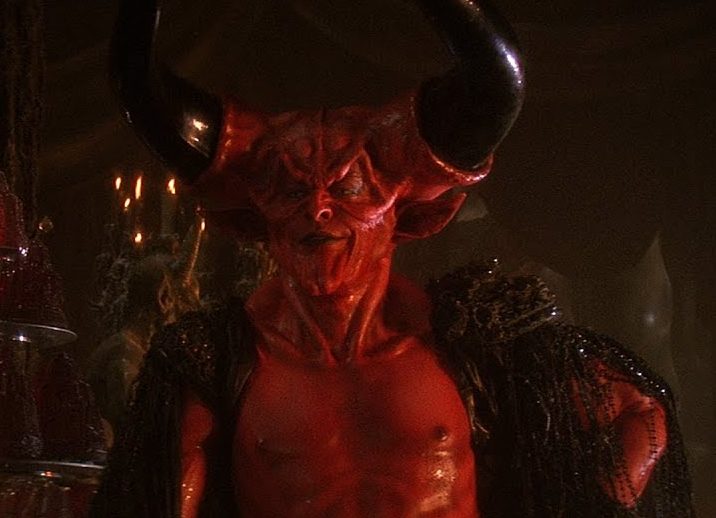
17. Mia Sara struggled with loneliness throughout the long shoot
Legend was the very first film role of Mia Sara, who would later go on to greater fame in Ferris Bueller’s Day Off. She was just 17 years old and still attending high school when production on Scott’s film began in the springtime of 1983, but what should have been a dream come true proved to be a disheartening experience for the young actress.
First off, the young New Yorker who had never lived away from home had to cross the Atlantic to film Legend at Pinewood Studios, just outside London, England. This in itself was enough of an upheaval, but as many of Sara’s scenes feature her entirely alone, the actress struggled with the extended periods of isolation over a shoot that ended up lasting several months.

16. Blix was modelled on Keith Richards
One of Darkness’ key henchmen in the film is the goblin Blix, played by Alice Playten, a diminutive actress with a prolific career in voice acting and theatre. Unusually, the actress was given some creative input regarding the character’s make-up design, and had some perhaps unlikely inspiration as to who the goblin should be physically modelled on.
Playten thought Blix’s looks should be similar to those of the famously grizzled Rolling Stones guitarist Keith Richards. Ridley Scott gave his approval, and Rob Bottin designed the make-up accordingly. This should explain Blix’s sunken features, prominent cheekbones and nose, and of course the general air of rock’n’roll excess.
- Credit: Pixabay
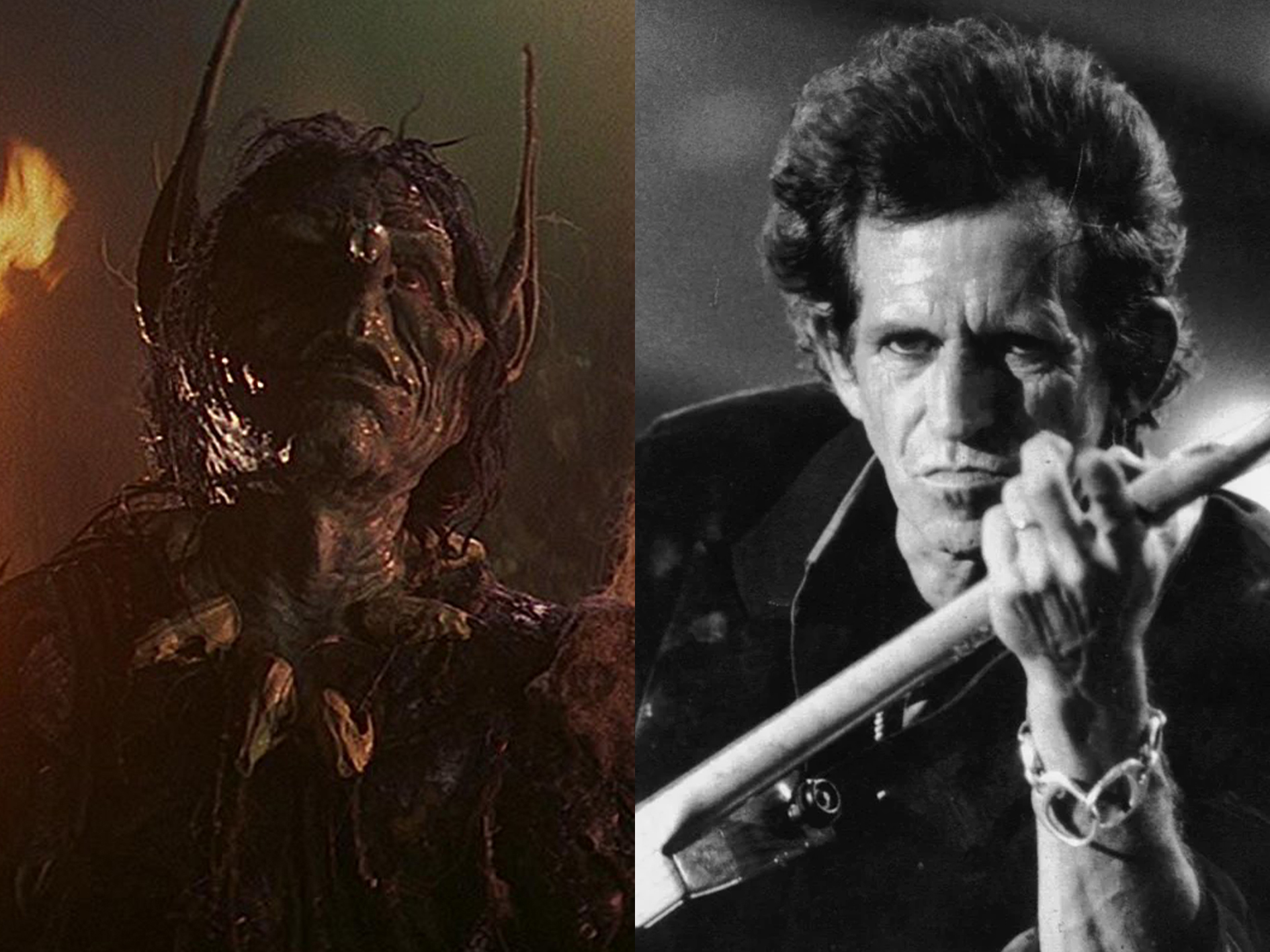
15. Tom Cruise’s swimming scenes were shot in a Florida lake with alligators nearby
Today, Tom Cruise is best known as the producer and star of the Mission: Impossible movies, in which the actor famously does almost all his own (often dramatic) stunts. Given his reputation for risking life and limb on camera, it probably won’t come as much of a surprise that Cruise also did as many of his own stunts as possible on Legend.
This included sword-fighting, performing acrobatic displays, and doing his own diving and swimming. While most of Legend was shot in England, the film’s water-based sequences were filmed in Silver Springs, Florida. According to Ridley Scott, there were alligators in the water barely 25 feet away from the undaunted Cruise.

14. Three radically different cuts of the film are available to watch
Ridley Scott’s initial cut of Legend ran to slightly over two hours, but negative responses from early test audiences forced a rethink. Initially, the film was trimmed down to 113 minutes, which was the director’s preferred cut. However, the film was cut down even further for its European theatrical release, to 95 minutes.
In the US, Legend was cut even more heavily to a mere 89 minutes and given an entirely new, synthesizer-oriented score. Many involved in the film were unhappy with this persistent re-editing of the film, notably Tom Cruise, who has long said that he considers Scott’s director’s cut to be the best version. All three cuts of Legend are now available on the special edition Blu-ray.
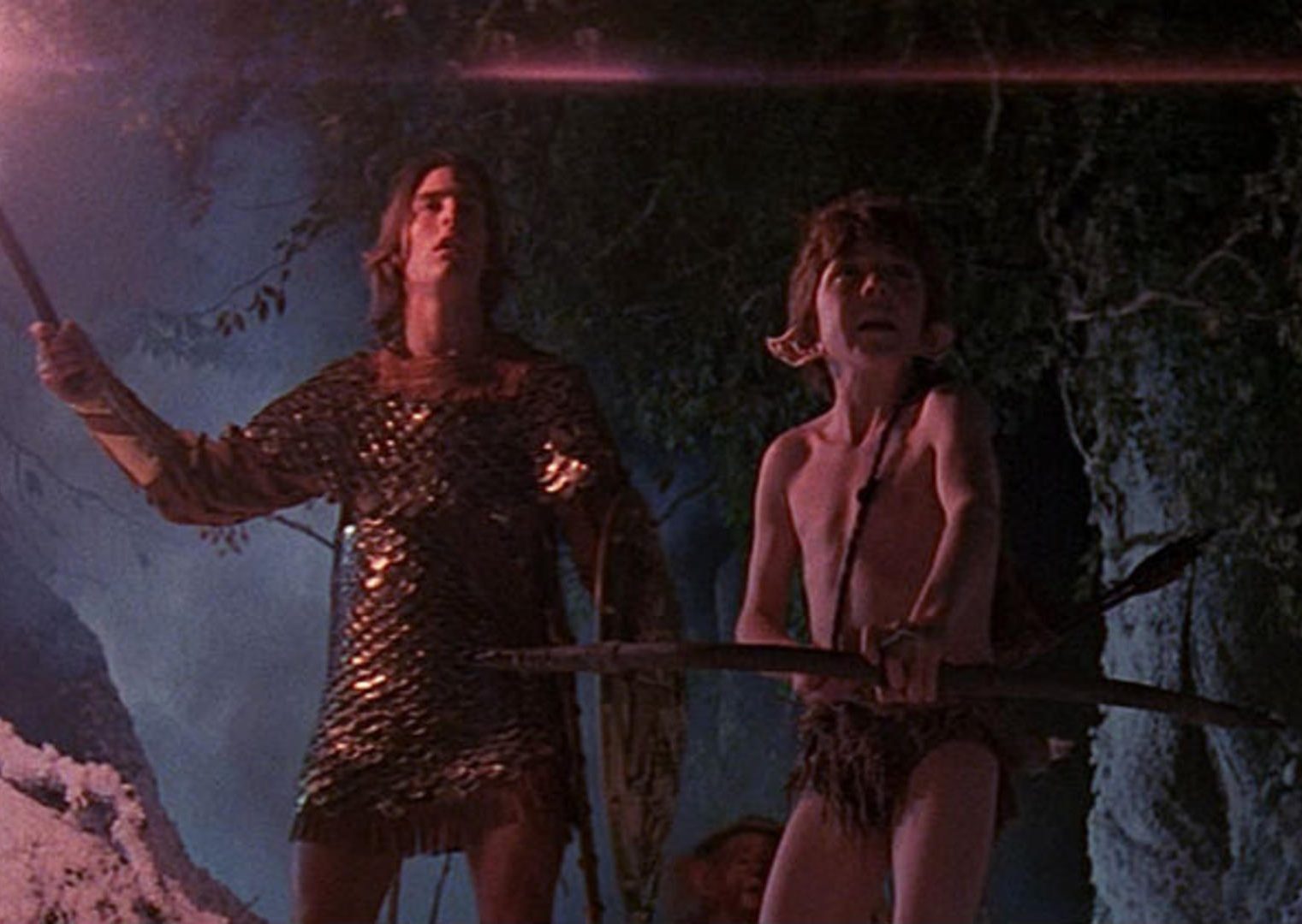
13. Jerry Goldsmith’s score was replaced by one from Tangerine Dream in the US
A key difference between the US and European cuts of Legend is the soundtrack. Originally, Scott gave the film a classical score from noted composer Jerry Goldsmith, but the studio later decided this should be replaced with a synthesizer-based soundtrack by German electronic band Tangerine Dream (whose other film scores include Tom Cruise’s earlier hit Risky Business).
Goldsmith was understandably less than pleased about his music being removed from the film, and considered the electronic score inappropriate: “that this dreamy, bucolic setting is suddenly to be scored by a techno-pop group seems sort of strange to me.” In the end, Goldsmith’s score was kept on the European cut, but not the US version.
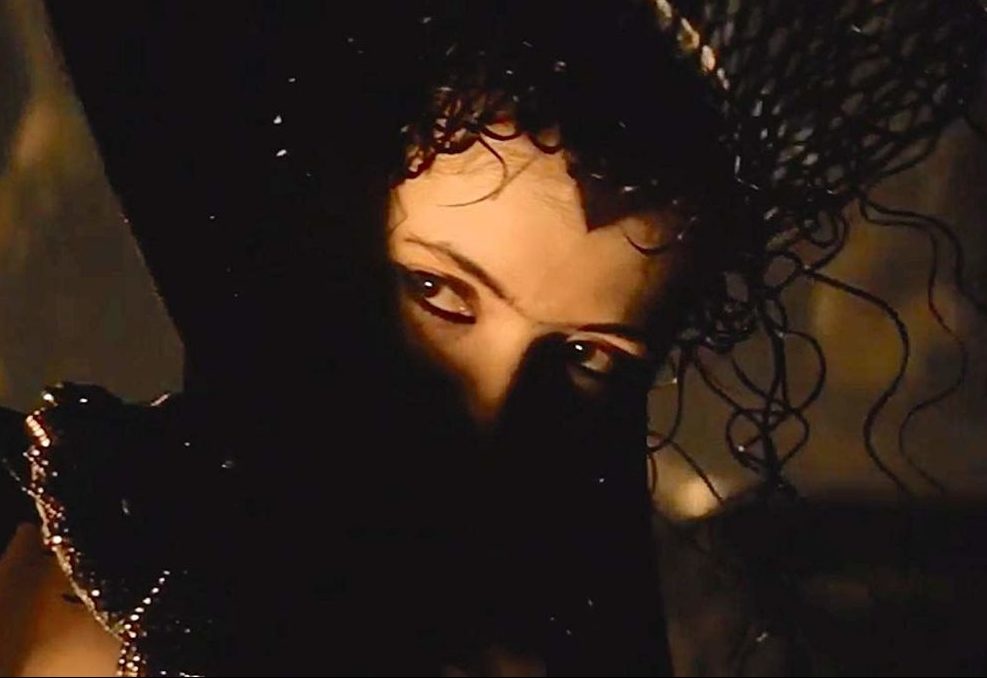
12. Scott and writer William Hjortsberg went through 15 drafts of the script
While Ridley Scott wanted to make a movie that drew heavily on the classic fairy tales, he was still insistent that Legend be an entirely original story, and he worked closely with William Hjortsberg to hammer the story into shape. Scott’s vague idea involved a hero having to rescue a princess from a monster in the face of a mystical winter, with unicorns somehow involved.
The two men worked out the core journeys of Princess Lilli and Jack, but originally there were more subplots and mini-quests involved. Eventually these were trimmed considerably, in order to avoid over-complicating things. This took a lot of work, however; a reported 15 drafts of the script were written before Scott and Hjortsberg finally settled on the script that was put on film.

11. Blix actress Alice Playten overdubbed all the dialogue for Gump
One of the key supporting roles in Legend is that of Honeythorn Gump, the elf of the woods who guides Tom Cruise’s Jack on his quest. While Gump has the kind of wisdom that only comes with age, he is very youthful in body. The role was taken by Swiss actor David Bennett, who was 18 years old at the time (although he looks even younger).
Unfortunately for Bennett, the filmmakers were concerned that the actor’s Swiss accent would prove difficult for English-speaking audiences to understand. For this reason Blix actress Alice Playten was given the additional duty of overdubbing all of Gump’s dialogue, the result being that the character’s voice doesn’t quite match his physicality, lending him an even more mystical quality.

10. Mickey Rooney was considered for a supporting role, but was deemed too tall for Tom Cruise
As the ensemble of Legend consists largely of goblins, elves and fairies, director Ridley Scott was keen to cast only the best actors of short stature. With this in mind, it has been reported that one of the most famously diminutive actors in Hollywood history was once under consideration for a role in the film: Mickey Rooney.
The 5’2″ actor enjoyed one of the longest careers in Hollywood history, having broken through as a child star in the 1920s and worked all the way up until his death in 2014. Unfortunately, Rooney missed out on Legend as, when stood next to the film’s leading man Tom Cruise, he simply didn’t look small enough. Cruise’s comparative shortness (a reported 5’7″) has been a recurring issue throughout his career.

9. The script was originally far more adult-oriented
Ridley Scott collaborated closely with writer William Hjortsberg on the story for the film, which they initially entitled Legend of Darkness. Inspired by the classic fairy tales by the Brothers Grimm, Scott and Hjortsberg did not want to shy away from the darker aspects of these stories, which were usually watered down by the likes of Disney.
As such, the initial script for Legend was far darker, with more violence, horrific elements and mature themes, and it was even set to feature Mia Sara’s Princess Lili having sex with Tim Curry’s Lord of Darkness. However, when the project was set up at studio Universal, executives recoiled at this and demanded the film be more family-friendly.
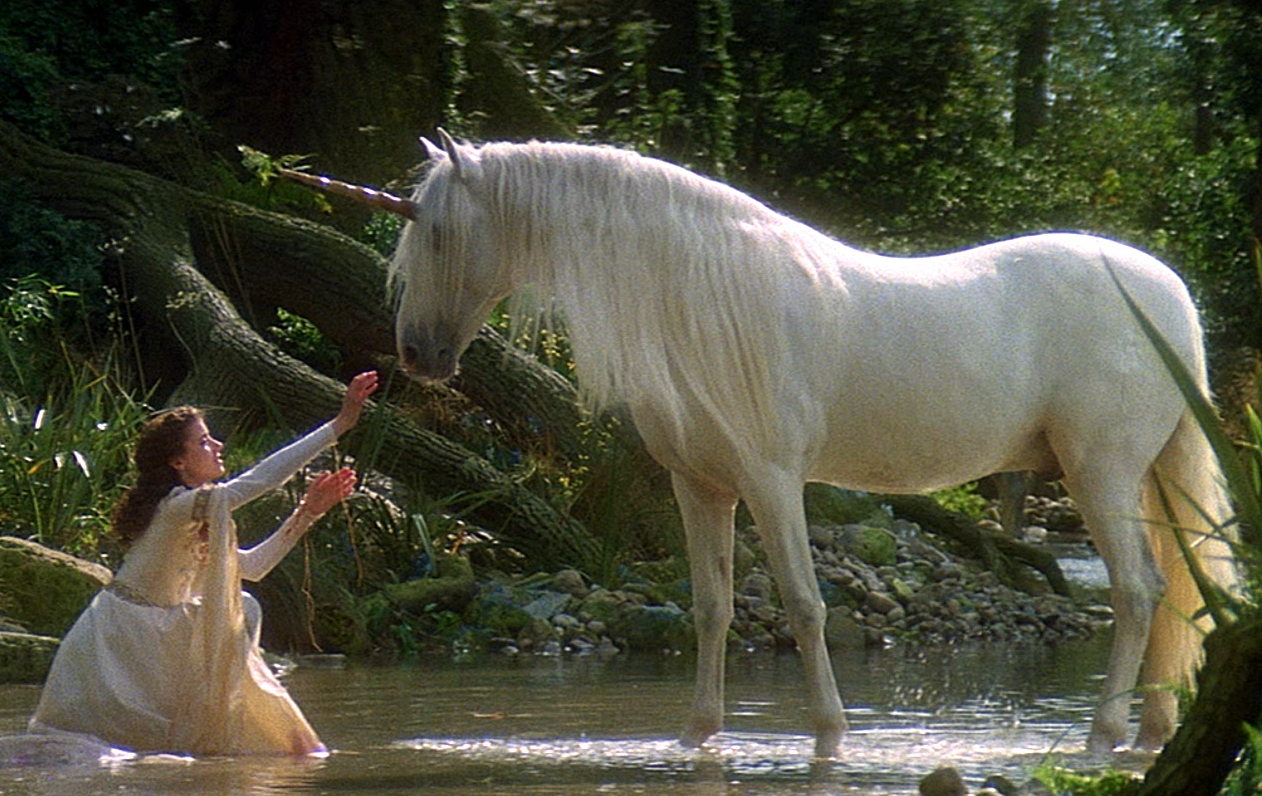
8. Johnny Depp, Jim Carrey and Robert Downey Jr auditioned for Cruise’s role
For the role of Legend’s dashing young hero Jack, the filmmakers looked at a number of up-and-coming young actors. These included three men who would go on to massive success later: Robert Downey Jr, Johnny Depp and Jim Carrey. Ultimately, Ridley Scott decided to give the role to a hot new talent by the name of Tom Cruise.
Aged 22 at the time, Cruise had enjoyed early success with The Outsiders before really making a name for himself with Risky Business. Legend was Cruise’s first step into the realm of fantasy, and while Ridley Scott’s film didn’t do much to advance the actor’s career, 1986 saw Cruise work with the director’s brother Tony Scott on massive blockbuster Top Gun – and from that point on he was unstoppable.
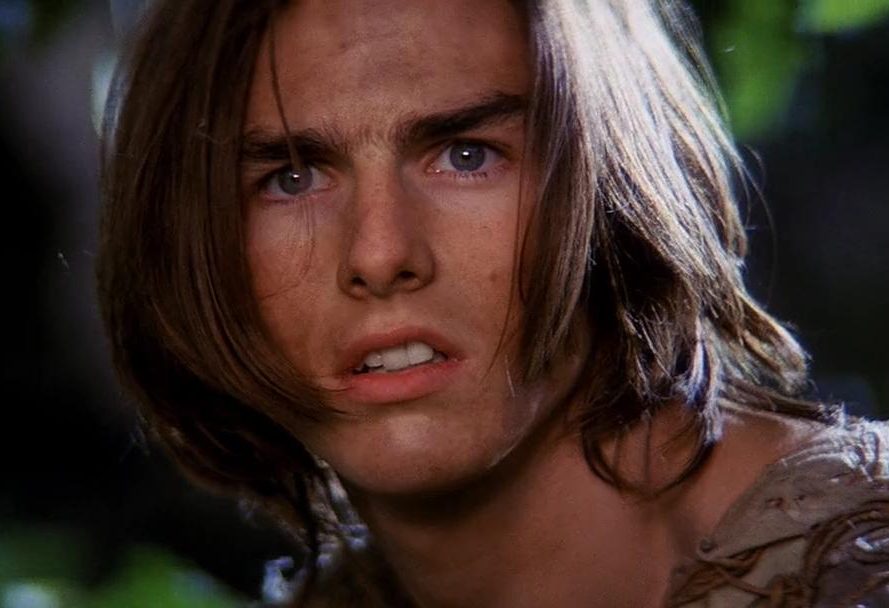
7. Two tragedies disrupted the shoot: the set burning down, and the death of Tom Cruise’s father
The lengthy shoot on Legend wound up being drawn out even further when photography was twice forced to a halt by tragedies. The set at London’s Pinewood Studios accidentally caught fire and was completely destroyed. Although thankfully no one was hurt, the scenes that had yet to be filmed wound up having to be shot instead in real woodland areas nearby.
Later, photography was again halted for compassionate reasons, when Tom Cruise’s father, the electrical engineer Thomas Mapother III, died from cancer in January 1984. Cruise was naturally given compassionate leave, and allowed to return home for the funeral. The actor has admitted to having a difficult relationship with his father, once describing him as “a bully and a coward.”

6. Ridley Scott got the idea for Legend while shooting the unicorn sequence in Blade Runner
Ridley Scott started development on Legend when he was still hard at work on one of his best-loved films, the sci-fi thriller Blade Runner. As will be familiar to fans of the film today, Blade Runner features a unicorn motif: Harrison Ford’s Deckard sees one in a dream, something that has been taken to imply that the replicant hunter is in fact a replicant himself.
However, the unicorn dream was not included in the original theatrical cut of Blade Runner, and didn’t appear until the release of the film’s first director’s cut in 1993. Because of this, for years fans and critics speculated that the Blade Runner DC’s unicorn scene was in fact made up of leftover footage from Legend. This wasn’t the case, but Scott has admitted that shooting the unicorn dream for Blade Runner back in 1981 was how he got the idea for Legend in the first place.
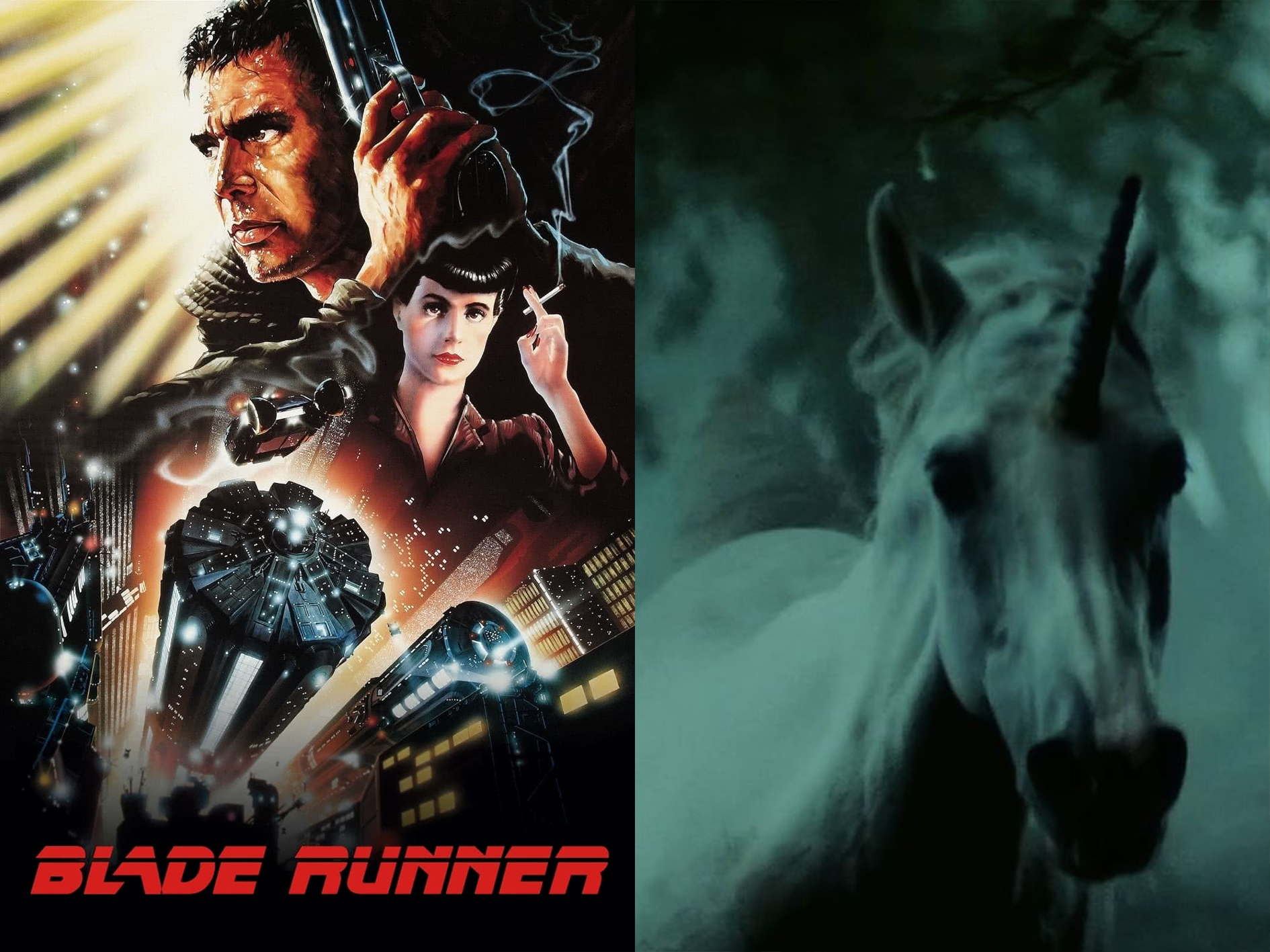
5. Tim Curry was cast as Darkness on the basis of The Rocky Horror Picture Show
When it came time to cast the key role of the villainous Darkness, director Ridley Scott knew he needed someone who could convey a larger-than-life character whilst covered in heavy make-up. From that point of view, it’s not too surprising that Scott quickly found himself considering Tim Curry, given that the actor wore a lot of make-up (of a different sort) in The Rocky Horror Picture Show.
When Scott first sat down to watch The Rocky Horror Picture Show, it was because he was considering that film’s writer and co-star Richard O’Brien for the role of Legend’s swamp-dwelling witch Meg Mucklebones. In the end, Curry was cast in Legend but O’Brien wasn’t; Meg Mucklebones would instead be played by American actor Robert Picardo.

4. It was buried at the box office by another Cruise/Scott film
If a big name lead actor has more than one film released in the same year, it’s not too unusual for their release dates to be spaced out to avoid any overlap. Curiously, this was not the approach taken with Legend. Ridley Scott’s film wound up hitting screens in America only a few weeks before leading man Tom Cruise’s next movie, made with Ridley’s brother Tony at the helm: the hotly tipped Top Gun.
Writer William Hjortsberg questioned this decision: “[it] featured unicorns and snow… Why not hold off and make it a Christmas film?” Indeed, Legend had already opened in British cinemas in December 1985, but it was decided in the US to wait until April 1986. Top Gun opened soon thereafter, and proved to be a roaring box office hit, completely burying Legend.
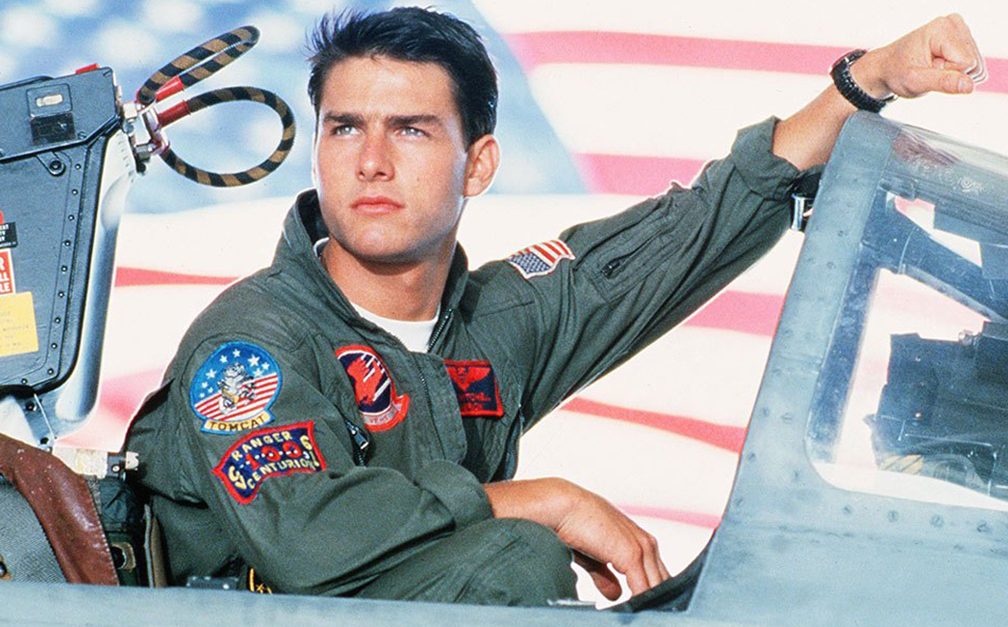
3. Tom Cruise and William Hjortsberg would play pranks on Ridley Scott
Any time a movie shoot lasts for as long as it ultimately did on Legend, the cast and crew are invariably going to be in need of blowing off some steam from time to time. Tom Cruise had already attained a degree of notoriety for his methods of cutting loose, having pulled more than his share of practical jokes on the sets of earlier films including The Outsiders.
However, while on The Outsiders Cruise had no shortage of fellow actors his own age to join in the tomfoolery, his perhaps unlikely co-conspirator on the set of Legend proved to be the film’s screenwriter William Hjortsberg. The writer recalled in 2015, “I remember one occasion we bought all this plastic vomit and fake dog turds from a joke shop in London and snuck into the cottage that housed our production offices and put plastic vomit on a typewriter and a fake dog poo on Ridley’s chair. I had a lot of fun with Tom.”
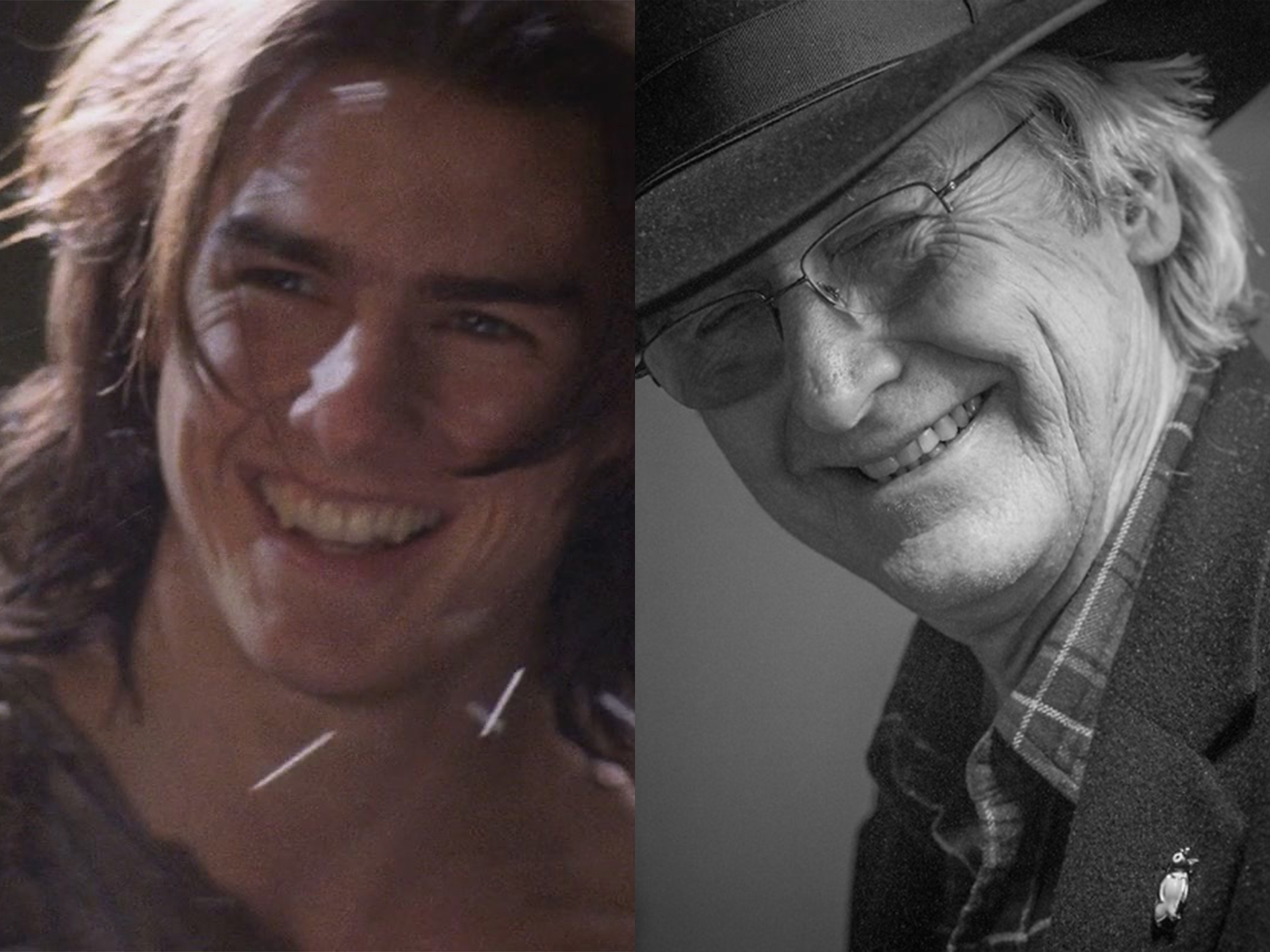
2. It was written by the author behind Angel Heart
Legend isn’t the only cult favourite from the 1980s that writer William Hjortsberg was involved in. Novelist and screenwriter Hjortsberg was approached by Ridley Scott after the director read some of his novels, one of which was Falling Angel – a dark detective story which would later be adapted into the film Angel Heart, starring Mickey Rourke and Robert De Niro.
Not unlike Legend, director Alan Parker’s Angel Heart was not very well received by audiences or critics at the time, but has since been widely re-assessed as a unique and powerful film. Sadly, Hjortsberg was left disillusioned by his Hollywood experiences and steered clear of the film industry in the years that followed. He passed away in 2017, and his final novel, a Falling Angel sequel entitled Angel’s Inferno, was published posthumously in 2020.

1. It was a critical and commercial flop
Legend is considered something of a cult classic today, but on release neither critics nor audiences were convinced. It earned just $23.5 million at the box office, which to put it in context was $1 million less than the film cost to make. The reviews were also largely unfavourable, with many critics deriding what they considered to be a slow pace and derivative plot.
Even so, Legend’s artistic merits were recognised by the major awards shows. The film received one nomination at the 1987 Academy Awards, in the Best Makeup category (it lost out to The Fly). Legend also got three BAFTA nominations, for Costume Design, Visual Effects and again Makeup; unfortunately it failed to win any of these either. However, the film did see director of photography Alex Thompson awarded Best Cinematography by the British Society of Cinematographers.


